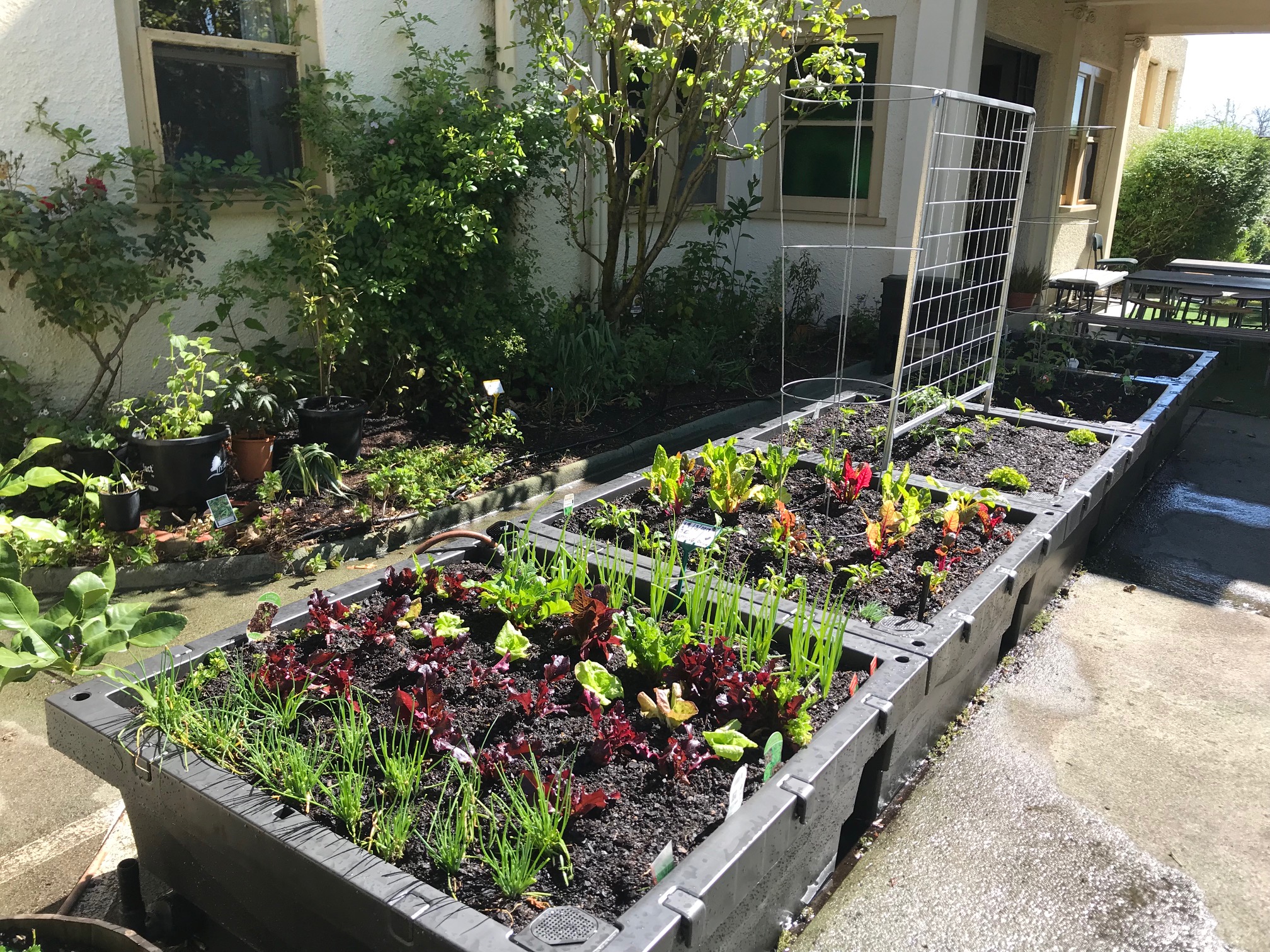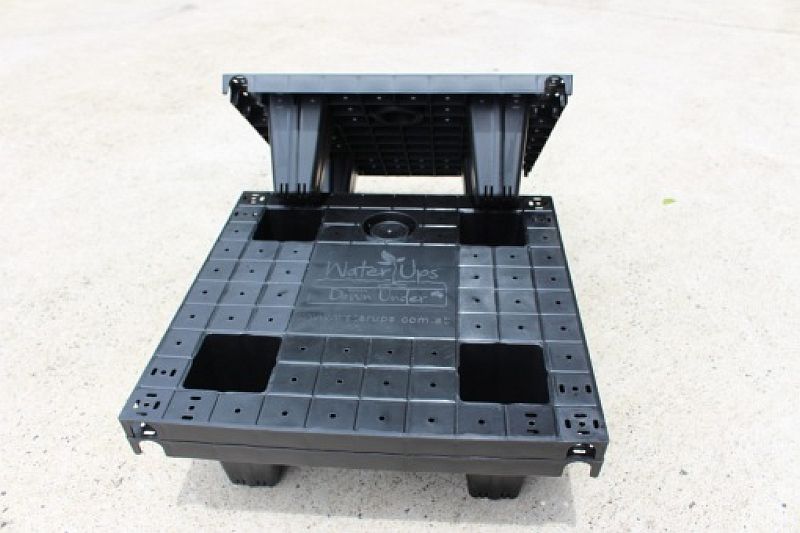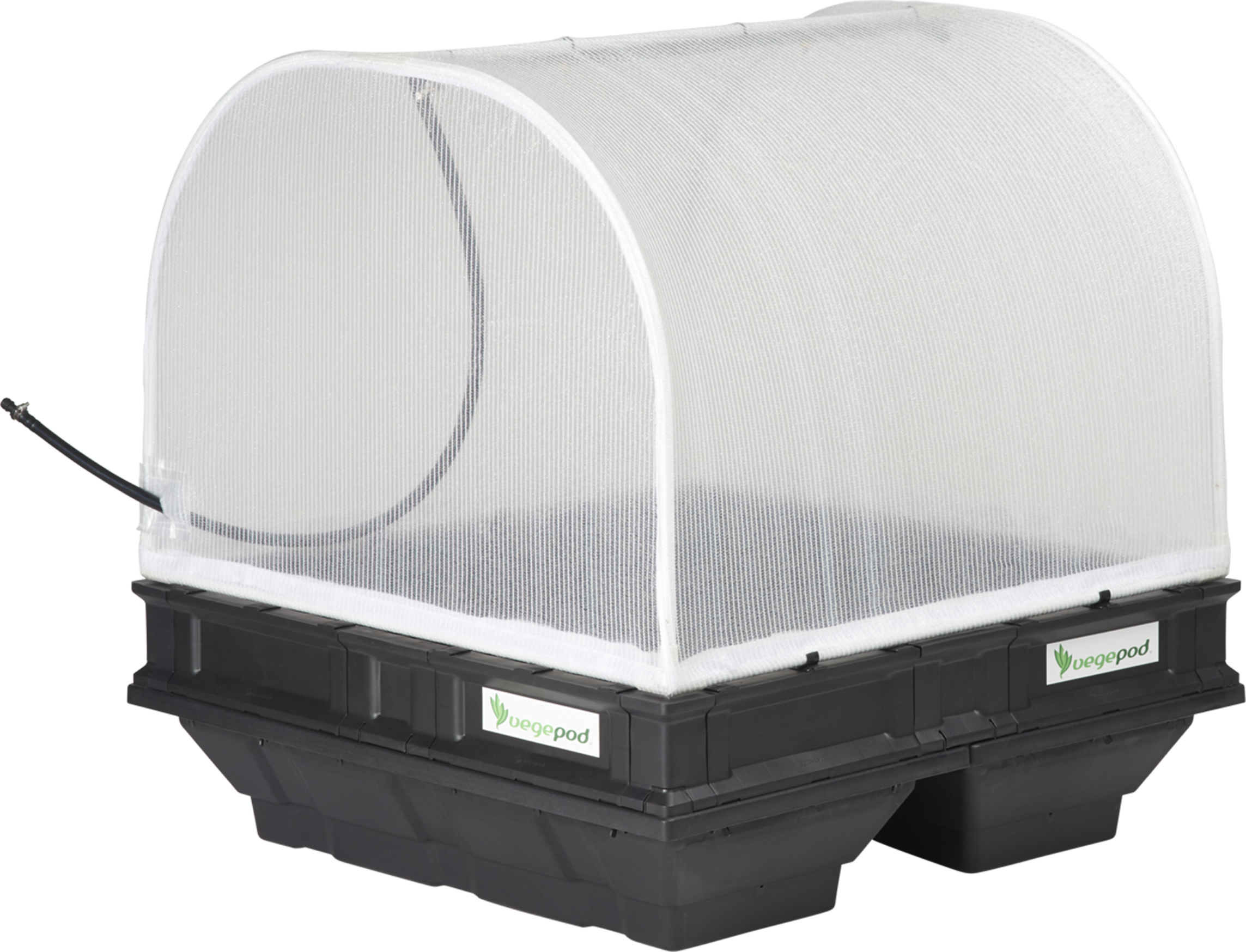What is a wicking bed?
A Wicking bed is a closed system garden bed, which includes a water reservoir below the soil level, providing water for plants to access at all times.
During surface watering or rain, water runs through the soil and is stored below. The reservoir can also be filled using a fill point installed in the wicking bed.
An overflow point is fitted to allow for drainage of excess water.
How does it work
Plants draw moisture up through the soil via capillary action, much like a wick in an oil lamp.
This allows for more even watering, more water accessibility during hot weather, less evaporation and less frequent watering.
Benefits of wicking beds
- Can be used in a range of tricky situations. Poor soils, large trees, on concrete or paving, some wicking bed systems can be easily moved.
- Reduced frequency of watering. Due to the large water storage reservoirs, wicking beds can be filled once a week or month as required.
- Improved water efficiency. Watering from the bottom reduces water loss from the soil surface due to evaporation.
- Increased planting density. The high availability of water allows for greater plant density than conventional garden beds. Wicking beds often perform best with a greater plant density.
- Reduced water consumption. Collection of runoff water, reduced water evaporation and increased plant density all contribute to a more effective use of water.
- Reduce overhead watering preventing some pest and disease problems. Watering from below prevents leaves from becoming wet which can lead to fungal problems.
- Raised garden bed height for better accessibility. Increased height can be great for anyone who has trouble bending or reaching down to low garden beds.
Limitations
- Seedlings will still need to be surface watered regularly. Small plants will not have enough root system to reach moisture in lower layers of the soil.
- In order for wicking beds to effectively wick soil should be around 30cm deep. This limits what can be grown to shallow rooted plants. Treas, small shrubs and deep-rooted perennials are not suited to wicking beds.
- Not all plants are happy to have water always available. Some don’t like wet feet. Plants that like dry soil most likely won’t be suited to wicking beds.
- Build-up of salts and fertilizers is common. Use fertilizers sparingly. Flush the soil and water reservoir regularly to remove excess salts and fertilizers in the soil and water.
- Filled with the wrong medium, soil can become soggy and anaerobic. This can lead to root rot.
What can be grown in a wicking bed
Wicking beds are ideal for shallow rooted annuals making wicking beds perfect for growing fresh produce such as veggies, herbs and strawberries.
A great water wise way to growing large amounts of produce in a smaller space.
Click here to learn more about the wicking bed options we have available.



